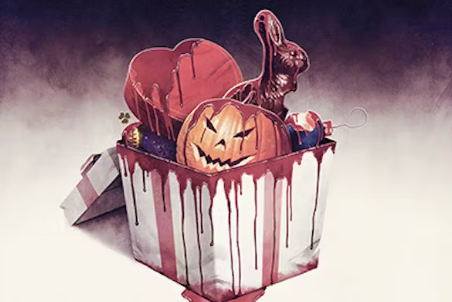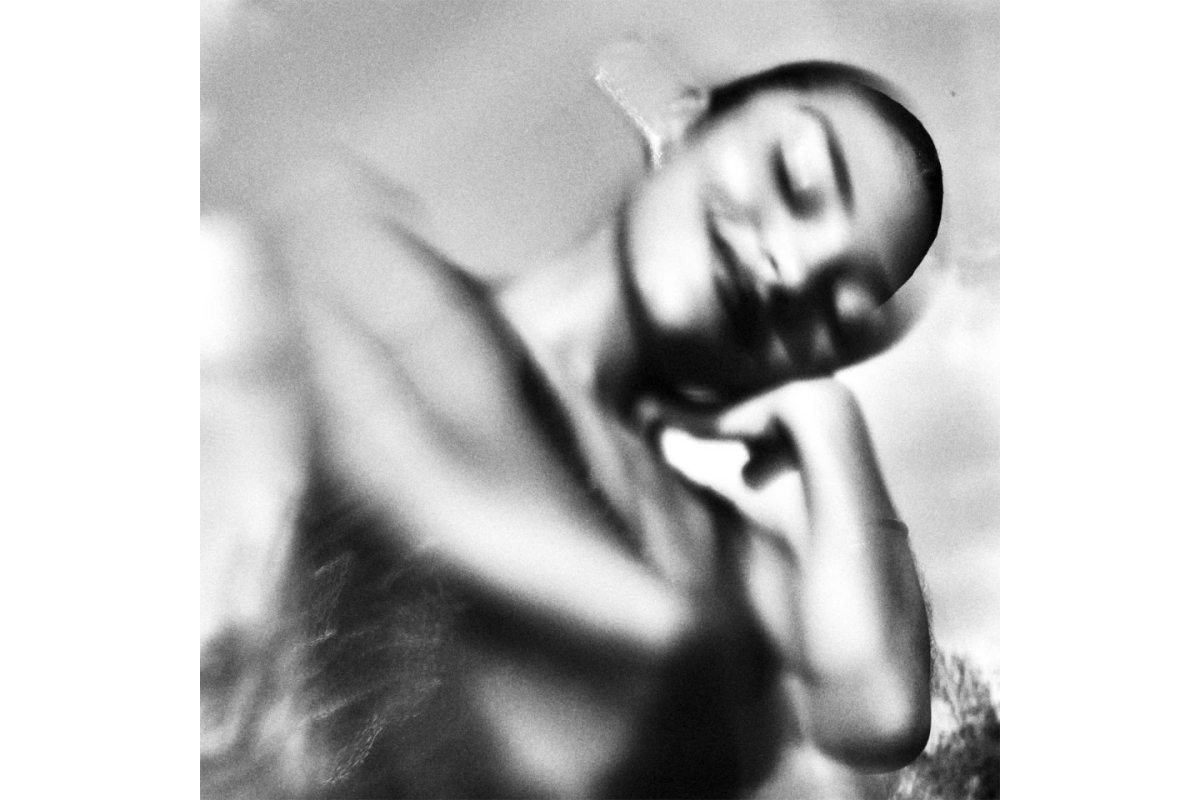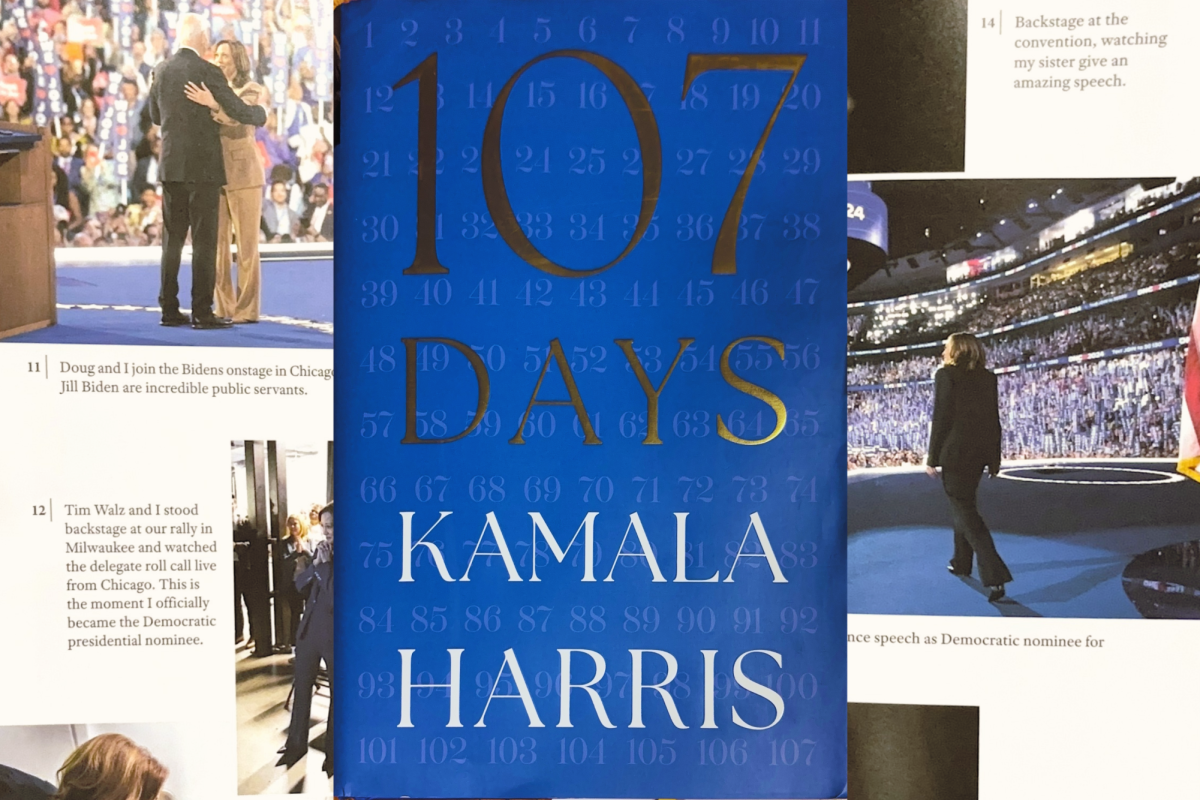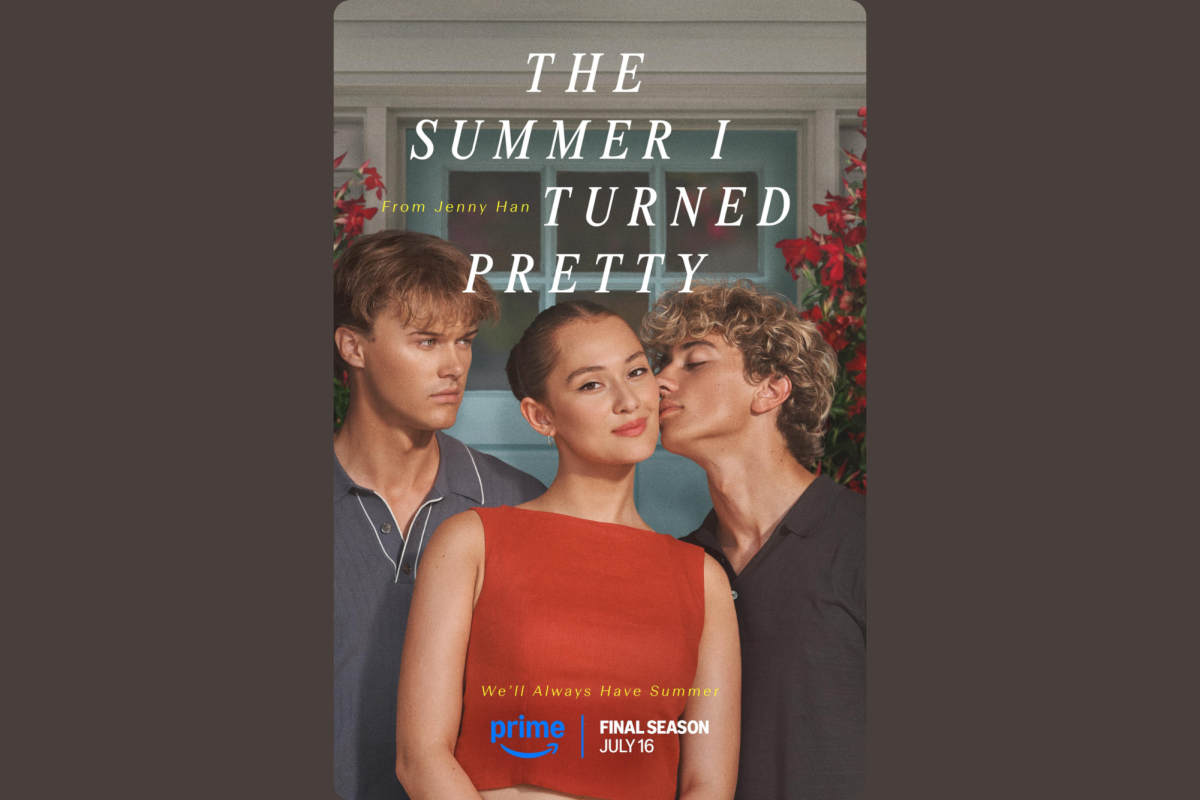[SPOILERS AHEAD!]
From slashers to paranormal activity to psychological thrillers, horror is perhaps one of the most artistically fluid cinematic genres to land on the big screen. Without a need to follow any specific rules or cliche plots, the scariest thing about horror movies is the suspense of not knowing what happens next. A subgenre of the larger horror flicks presents as some more seasonally relevant storylines: holiday horror movies. Following recent calendar celebrations — Valentine’s Day in February and St. Patrick’s Day in March — the Falconer staff asked horror fans Nina Alvi (11) and Sofia Renwick (11) about their thoughts on holiday horror movies. The staff also reviewed five different horror movies centered around nationally recognized holidays. These films included “Halloween” (1978), “Thanksgiving” (2023), “Krampus” (2015), “Heart Eyes” (2025) and “Leprechaun” (1993).
Surely one of the most iconic films within this genre is “Halloween.” A classic slasher, viewers follow the story of Laurie Strode, a high school student, as she navigates babysitting on Halloween night whilst a masked killer looms in the darkness. Considering the era of production, it is understandable that the realism does not truly hit its mark as far as cosmetic injuries, the depiction of death and computer-generated imagery. However, what makes the movie so iconic is the characters themselves and the connections that viewers will make with them as they juxtapose the thrill of a dark, fun holiday with an even darker, yet scary mood.
In stark contrast, perhaps the most genuinely gory and psychologically testing film on the list is “Thanksgiving”. From the opening scene of a small-town marketplace being overrun by Black Friday shoppers (much like how the beginning of Krampus also starts), to the final harrowing minutes of the film where plots twist and jaws drop, “Thanksgiving” allows for a hyper-realistic immersion into what it feels like to have your heart racing in a serial killer’s basement. Easily as frightening as it is fun, Thanksgiving truly ties the traditions of the holiday into the film, as viewers are taken on not only a plot-based journey, from a prior Black Friday to the Thanksgiving dinner during the year the film is set. Ultimately centered around human nature’s inherent selfishness and greed, the film serves as more of a satire of the holiday, as the perpetrator of the film reveals their true vendetta all while the movie as a whole has little to do with the values of family or gratitude that the holiday is meant to celebrate.
“Krampus,” a Christmas-themed horror flick, was the only film that reflected the themes of its respective holiday in full, the only exception being “Heart Eyes.” Although it closely follows the formula of most family-centered holiday movies where a child has lost and must find the meaning of Christmas again (spoiler — it’s family), it does in that case get the job done and elicit what was intended, which was to connect to the audience about selflessness and love in an admittedly unconventional way. Although it drags on a bit too long to keep viewers entertained and lacks enough dramatic horror to make the film truly unique, Krampus sticks to its central message and is a good family watch around the holiday season.
Similar to “Krampus,” messages from “Heart Eyes” resonated not only in plot, but with the holiday message as well. As “Heart Eyes” focuses more deeply on romance and love — just as on Valentine’s Day — viewers follow two strangers as they fight to keep themselves and their new relationship alive among their own villains on the loose attempting to hunt them down to kill their supposed “love.” What viewers may not realize is that the villains are also romantically involved, an important aspect that — as twisted as it may sound — shows that love knows no bounds.
Although not specifically pointed toward the celebration of St. Patrick’s Day, “Leprechaun” is the last film viewed that loosely resembles a holiday. With a devious, coin-obsessed leprechaun wreaking havoc on a group of young adults until his decades-long debt is repaid, not only was the plot skewed toward a certain holiday-theme, but even the visuals represented much of what St. Patrick’s Day is as a whole, which speaks for itself.
Taking into consideration some of these popular horror features, both Alvi and Renwick had much to say on what holiday horror means to them.
“I feel like horror movies centered around holidays have kind of the same plot, and it’s just kind of uninteresting because so many holiday horror movies are very similar,” Renwick said.
Alvi, who has been watching horror movies with her cousins since she was nine years old, agreed with the sentiment.
“In my opinion, they’re not very fun to watch,” Alvi said. “I like the more paranormal stuff, and most holiday films are based around slashers, which, to me, isn’t too scary.
For many holiday horror movies, different elements may also be blended in, such as humor and family to match their respective holidays. For Renwick, some of these elements are completely unnecessary within the genre.
“I think it’s really cool to include comedy into horror movies, but I don’t think it should be done very often because that takes away from the entire point of horror, which is to scare viewers,” Renwick said.
Matthew Rocca, a substitute teacher on campus for TV Production & Advanced Video Film, Video Film, Beginning and Advanced Journalism, notes how the backdrop of holiday celebrations in horror movies makes them that much more unique.
“One element that I think makes holidays a great foundation is because it’s a time where almost everybody is celebrating,” Rocca said. “It’s a time of happiness, and if it’s Halloween, it’s a time of mischief. There’s something oddly comforting about horror as it is linked to comfort with the holidays as well. But then there’s also a contrast, between joy, celebration, frivolity and life, but then there’s death too.”
Rocca has been producing his own horror films for 22 years, with many of his works available on YouTube.









